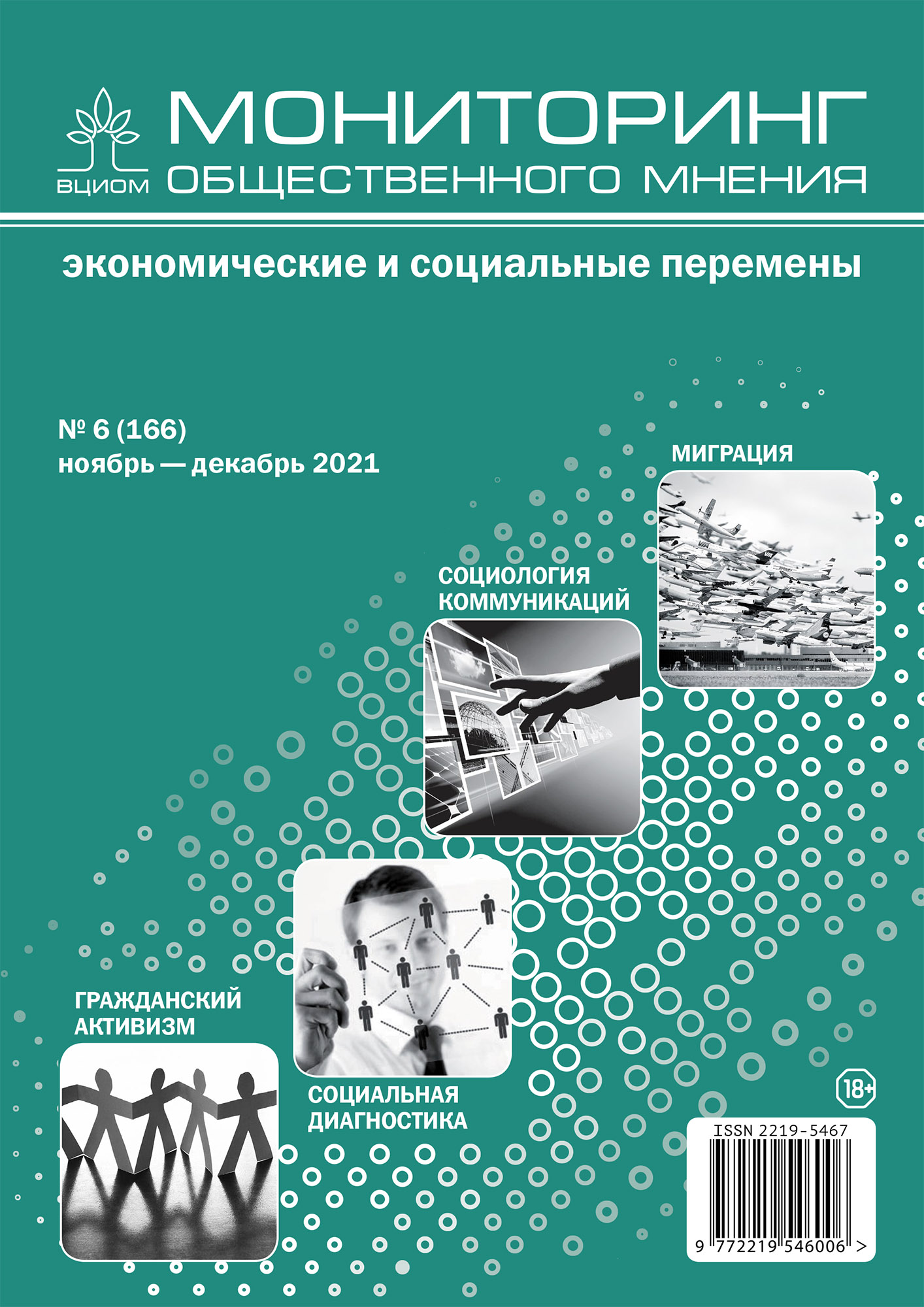From the Right to the City to the Right to Space. Dynamics of Municipal Conflicts on the Example of the Sverdlovsk Region
DOI:
https://doi.org/10.14515/monitoring.2021.6.2052Keywords:
urban conflicts, municipal conflicts, the right to the city, political mobilization, civil society, protest actions, urbanismAbstract
The article presents the results of a study of the dynamics of urban/municipal conflicts on the example of the Sverdlovsk region, conducted with the method of event analysis. Research is based on the analysis of 208 conflict events from the beginning of 2006 to the middle of 2021. We supplemented the quantitative analysis with the study of individual cases in a comparative perspective to identify qualitative changes (key agents of civil mobilization, their political affiliation, etc.). The article notes that after 2010 in the Sverdlovsk region, there has been a sharp increase in conflict activity related to the contesting of municipal territories (mainly urban conflicts). A trend for increasing the effectiveness of local protests has been found — after 2013, the share of protests that bring positive results to activists increased sharply and became predominant. We found out that the success of the struggle of civil activists against the initiatives of business and government (neoliberal “growth machines”) largely depends on what type of territories and objects they are dealing with.
The largest share of successful protests has been in cases of the struggle for parks, squares, public urban spaces, as well as for forests, suburban reservoirs, and against harmful industries. The minimum probability of success is fixed in protests against infill development and preserving historical and architectural monuments. Based on qualitative analysis of information about conflicts, we conclude that there are trends towards the depersonalization of protests and the growth of “grassroots” self-organization and greater attention of activists to the details of contested projects. Given the increased interest among protesters (including urbanists) in the aesthetic component of urban space, local conflicts are likely to be thematically related mainly to green spaces and the historical and cultural value of particular objects and territories. Therefore, the combination of “demand for aesthetics” with the weak reaction of business and local authorities to protests to preserve historical and architectural monuments seems to be one of the persisting risks of an increase in protest activity.
Acknowledgements. The article was prepared as part of the work on the RFBR project No. 20411-660027 "Monitoring and forecasting social conflicts in the Sverdlovsk region in 2020–2022".
Downloads
Published
How to Cite
Issue
Section
License
Copyright (c) 2021 Monitoring of Public Opinion: Economic and Social Changes Journal (Public Opinion Monitoring) ISSN 2219-5467

This work is licensed under a Creative Commons Attribution-NonCommercial-ShareAlike 4.0 International License.






